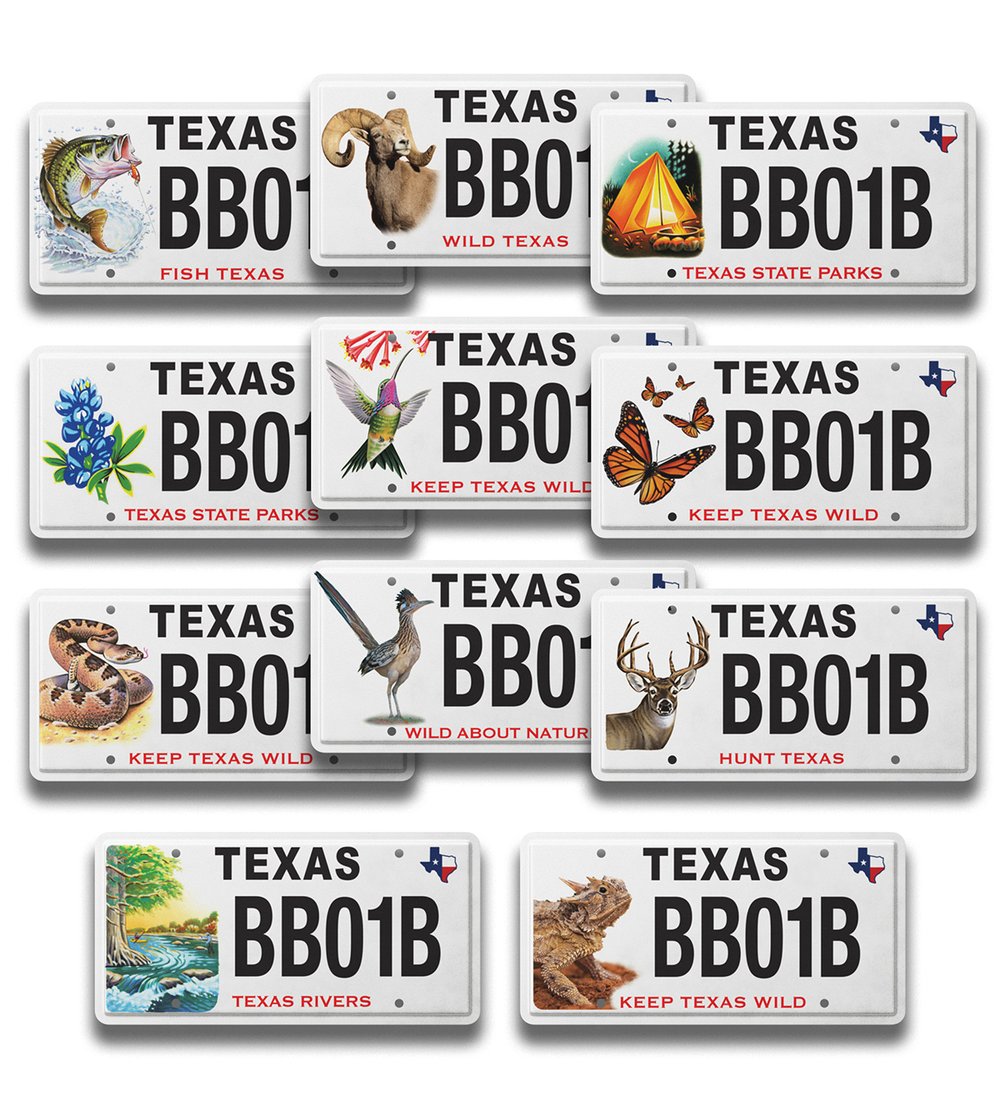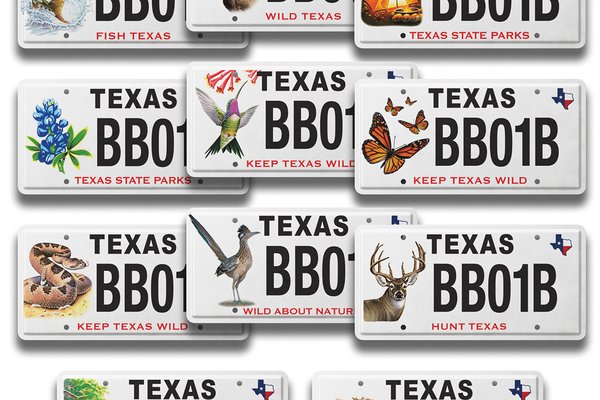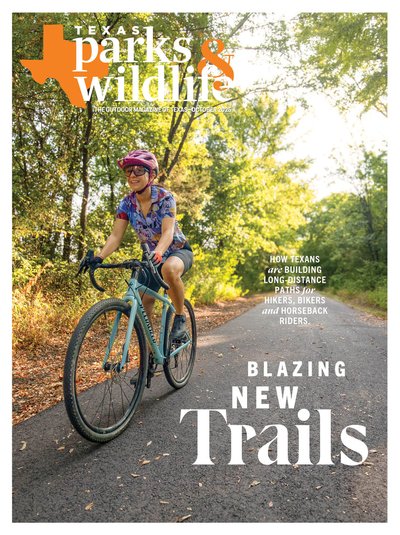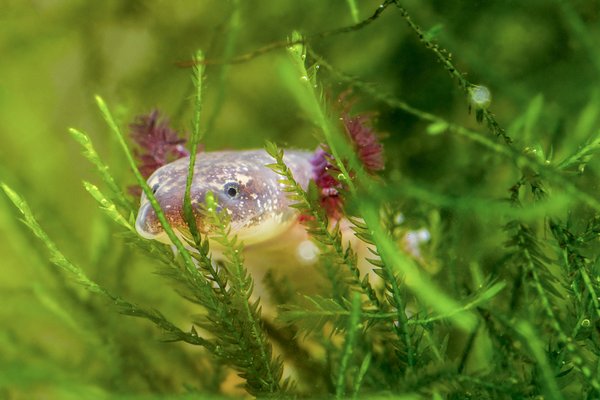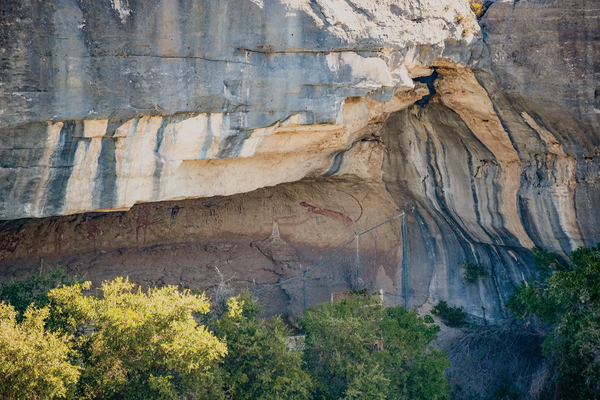In 2000, a small, spiny reptile paved the way for a big idea. The Texas horned lizard, once a familiar sight across dry stretches of the state, became the face of the Texas Parks and Wildlife Department’s first conservation license plate. The goal was simple: offer Texans a visible, everyday way to support wildlife.
Since its launch, the Conservation License Plate Program has funded an array of habitat and species protection projects across Texas. With just a license plate, drivers have helped protect rivers and butterflies, birds and bighorns, native plants and public lands.
“I think our greatest accomplishment is that we have stayed true to our objective of raising funds, through license plate sales, to help conserve wildlife, water and land in Texas,” says Janis Johnson, marketing manager for the program. “For each $30 per year plate sold, $22 goes directly into conservation funding, and we’ve raised $12.4 million for conservation in the last 25 years.”
A Milestone Year
In 2025, TPWD is commemorating 25 years of the Conservation License Plate Program and the 25th birthday of the horned lizard plate with a refresh of the original artwork. Biologists and photographers collaborated to capture new images of the species in partnership with the San Antonio Zoo’s “Lizard Factory,” where horned lizards are bred and studied as part of conservation programs.
“I got a real squishy feeling when we went to the Lizard Factory to do a photo shoot for the new license plate design,” Johnson says. “Here I got a first-hand look at conservationists actually doing the work of creating more horned lizards. To see so many of them being cared for with such love and knowing they would be released into the wild, well, it touched me.”
The original horned lizard plate alone has raised over $5.4 million for research, habitat restoration and public education. Conservationists have used these funds to implement the State Wildlife Action Plan, benefiting species like the ocelot, kit fox, Texas tortoise, American bumblebee and more.
A Statewide Impact
What began with a single plate design has grown into a family of 11 unique designs, each tied to diverse conservation efforts. From the monarch butterfly to Texas rivers, each design represents a different conservation initiative.
“The horned lizard plate was the first plate I bought when I moved to Texas, and I will be buying it again, although this time it will have a picture of a real horny toad on the plate versus an artist’s rendering,” Johnson says. “With the plate redesign, we hope to freshen its look and attract new customers who are wild about nature and want to support wildlife conservation in Texas.”
Importantly, these funds fill gaps that other budgets can’t, offering flexible, direct support for on-the-ground work.
Sales from other plates like the camping and bluebonnet designs support state park improvements, including interpretive signage, trail restoration and expanded access to natural spaces. Others support fisheries research, big game management or eco-tourism initiatives like birding trails. The Texas rivers plate, for example, helps protect some of the state’s most vital and vulnerable freshwater ecosystems.
These projects ripple outward, enriching local communities and strengthening the relationship between people and nature.
For many, the plates represent a personal connection to the outdoors. Holly Christie, assistant park superintendent at Huntsville State Park, chose the camping plate design because of its connection to her own life.
“Conservation and the support of our natural places has always been important to me,” Christie says. “The little campsite picture with the tent and the fire and the starry night, it just was really reminiscent and symbolic of where it all started for me, of my passion for the parks.”
In the face of sweeping environmental challenges, the Conservation License Plate Program is a meaningful model for conservationists. It doesn’t rely on the Legislature or big-ticket investments — just individual choices, repeated thousands of times, that quietly fund critical work across the state.
Over the past 25 years, these plates have become more than decoration. They’re signals of shared values, subtle calls to action and testaments to the idea that a common commitment to wild places and wild things can create real change.
